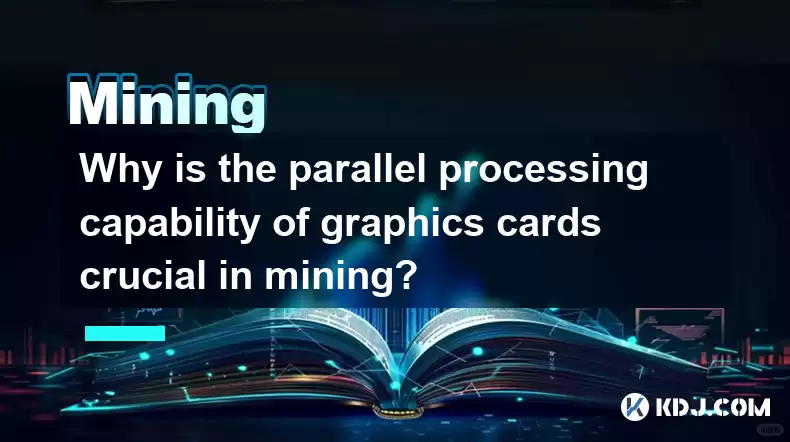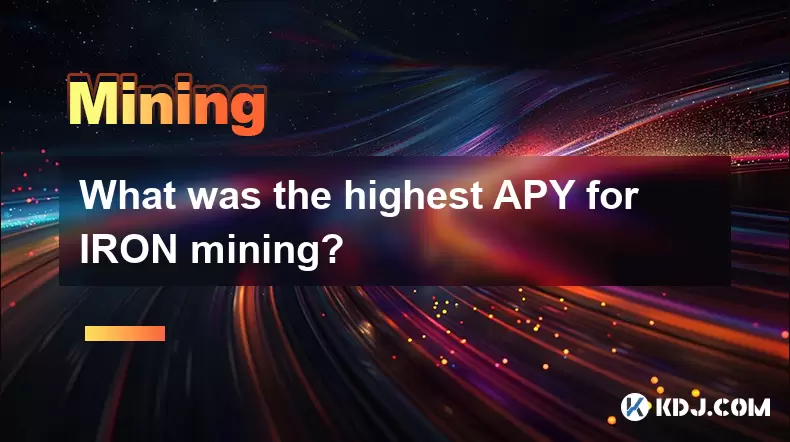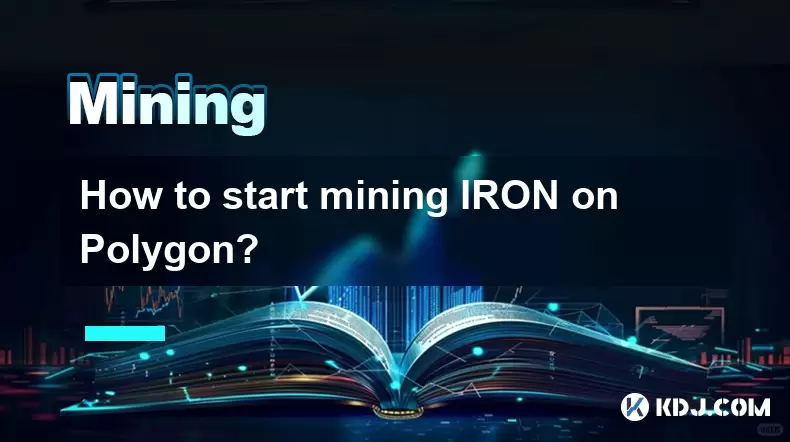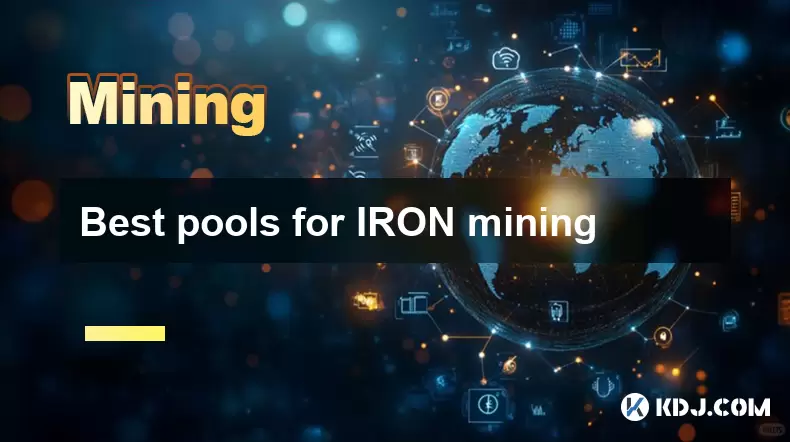-
 Bitcoin
Bitcoin $118000
0.67% -
 Ethereum
Ethereum $3750
0.71% -
 XRP
XRP $3.183
1.61% -
 Tether USDt
Tether USDt $1.000
-0.01% -
 BNB
BNB $788.1
1.21% -
 Solana
Solana $186.0
0.85% -
 USDC
USDC $0.9999
-0.02% -
 Dogecoin
Dogecoin $0.2373
1.25% -
 TRON
TRON $0.3204
1.76% -
 Cardano
Cardano $0.8266
1.85% -
 Hyperliquid
Hyperliquid $44.04
1.28% -
 Sui
Sui $4.192
5.88% -
 Stellar
Stellar $0.4399
2.63% -
 Chainlink
Chainlink $18.40
1.19% -
 Hedera
Hedera $0.2842
9.06% -
 Bitcoin Cash
Bitcoin Cash $560.5
2.46% -
 Avalanche
Avalanche $24.99
4.58% -
 Litecoin
Litecoin $114.5
1.25% -
 UNUS SED LEO
UNUS SED LEO $8.980
-0.03% -
 Shiba Inu
Shiba Inu $0.00001406
0.53% -
 Toncoin
Toncoin $3.306
4.27% -
 Ethena USDe
Ethena USDe $1.001
0.03% -
 Polkadot
Polkadot $4.169
2.37% -
 Uniswap
Uniswap $10.56
1.95% -
 Monero
Monero $322.8
1.06% -
 Dai
Dai $0.0000
0.00% -
 Bitget Token
Bitget Token $4.545
0.12% -
 Pepe
Pepe $0.00001261
1.29% -
 Aave
Aave $296.5
1.27% -
 Cronos
Cronos $0.1379
5.90%
Why is the parallel processing capability of graphics cards crucial in mining?
GPUs' massive parallel processing power is vital for cryptocurrency mining, enabling them to swiftly solve complex mathematical problems needed to add blocks to the blockchain and earn rewards, far surpassing the capabilities of CPUs.
Mar 05, 2025 at 02:18 pm

Key Points:
- Graphics cards (GPUs) excel at parallel processing, crucial for the complex calculations in cryptocurrency mining.
- Mining algorithms, especially those used for proof-of-work cryptocurrencies, demand massive computational power.
- GPUs offer significantly more parallel processing units than CPUs, leading to faster mining speeds and higher profitability.
- The architecture of GPUs, designed for handling massive parallel tasks, makes them ideal for the repetitive calculations involved in mining.
- Different GPUs have varying levels of parallel processing capabilities, affecting their mining efficiency and profitability.
Why is the parallel processing capability of graphics cards crucial in mining? Cryptocurrency mining, particularly for proof-of-work (PoW) coins, involves solving complex mathematical problems. These problems require immense computational power to solve, and the first miner to find the solution gets to add the next block to the blockchain and receives the reward. This is where the parallel processing capabilities of GPUs become essential.
Central Processing Units (CPUs), while versatile, are not designed for the type of massively parallel computation needed for efficient mining. They have a limited number of cores that handle tasks sequentially, making them slow and inefficient for the repetitive calculations required in mining. This limitation directly impacts the speed at which miners can solve the complex mathematical problems.
GPUs, on the other hand, are built for parallel processing. They contain thousands of smaller, specialized processing units called cores that can work simultaneously on different parts of the same problem. This allows GPUs to tackle the mining calculations much faster than CPUs. This speed advantage translates directly into more solved problems, a higher chance of winning the block reward, and ultimately, greater profitability.
The architecture of a GPU is optimized for parallel tasks. Each core within the GPU can independently perform calculations, allowing for a massive increase in processing speed compared to a CPU. This inherent architectural advantage is what makes GPUs the preferred hardware for most cryptocurrency mining operations. The sheer number of parallel processes a GPU can handle dwarfs the capabilities of even the most powerful CPUs. This difference is particularly noticeable in algorithms that require massive computational power.
The specific parallel processing capability of a GPU is measured in several ways, including the number of CUDA cores (for NVIDIA GPUs) or Stream Processors (for AMD GPUs). A higher number of these cores generally indicates greater parallel processing power and, consequently, faster mining speeds. The clock speed of these cores also plays a significant role. Higher clock speeds mean that each core can perform calculations faster, further boosting the overall mining performance. Memory bandwidth is another crucial factor. A GPU with higher memory bandwidth can transfer data between the GPU's memory and its processing units more quickly, reducing bottlenecks and enhancing overall performance.
Different cryptocurrencies utilize different mining algorithms. Some algorithms are more GPU-friendly than others. Certain algorithms are specifically designed to be more resistant to ASICs (Application-Specific Integrated Circuits), specialized hardware built solely for mining. This design choice often favors GPUs, making them a more accessible and versatile option for mining specific cryptocurrencies.
Choosing the right GPU for mining requires careful consideration of its parallel processing capabilities. Factors like the number of CUDA cores, memory bandwidth, and power consumption should all be weighed against the cost of the GPU and the profitability of the cryptocurrency being mined. The return on investment (ROI) is heavily influenced by the GPU's parallel processing efficiency, emphasizing its crucial role in successful mining operations. The faster a GPU can process the necessary calculations, the more likely it is to solve the complex mathematical problems involved in mining, leading to increased profitability.
The evolution of GPU technology continually pushes the boundaries of parallel processing capabilities. Newer GPUs boast significantly higher core counts and improved memory bandwidth compared to older generations. This continuous improvement ensures that miners can always seek out more efficient hardware to stay competitive and maximize their returns. This constant evolution is also a driving force behind the arms race in the mining industry, with miners constantly upgrading their equipment to maintain a competitive edge.
The concept of "hash rate" directly reflects the parallel processing power of a GPU (or any mining hardware). Hash rate is a measure of how many calculations a miner can perform per second. A higher hash rate indicates greater parallel processing capability and a higher chance of successfully mining a block. This metric is crucial for evaluating the efficiency of a GPU in mining operations and determining its potential profitability.
Frequently Asked Questions:
Q: Can I use a CPU for cryptocurrency mining?
A: Yes, you can, but it will be significantly less efficient and profitable compared to using a GPU. CPUs lack the parallel processing power necessary for competitive mining.
Q: Are all GPUs equally effective for mining?
A: No. Different GPUs have different numbers of cores, clock speeds, and memory bandwidth, leading to varying levels of efficiency and profitability. High-end gaming GPUs generally perform better than lower-end ones.
Q: What is the relationship between parallel processing and hash rate?
A: Parallel processing directly impacts hash rate. More parallel processing units mean more calculations can be performed simultaneously, resulting in a higher hash rate.
Q: Does the cryptocurrency algorithm affect GPU choice?
A: Yes. Some algorithms are more optimized for GPUs than others. The algorithm dictates the type of hardware that is most effective for mining.
Q: How important is memory bandwidth in GPU mining?
A: Memory bandwidth is crucial. It determines how quickly data can be transferred between the GPU's memory and its processing units. Bottlenecks in memory bandwidth can significantly limit overall mining performance.
Disclaimer:info@kdj.com
The information provided is not trading advice. kdj.com does not assume any responsibility for any investments made based on the information provided in this article. Cryptocurrencies are highly volatile and it is highly recommended that you invest with caution after thorough research!
If you believe that the content used on this website infringes your copyright, please contact us immediately (info@kdj.com) and we will delete it promptly.
- Meme Coins in July 2025: Bitcoin Takes a Backseat?
- 2025-07-27 10:30:12
- HIFI Price Eyes Breakout: Downtrend Line in the Crosshairs?
- 2025-07-27 10:30:12
- Troller Cat's Meme Economy Prowess: Presale ROI and Viral Domination
- 2025-07-27 10:50:12
- Bitcoin Price Tumble: Chart Patterns Point Downward?
- 2025-07-27 10:50:12
- Ethereum's Bullish Case: Flag Pattern Points to $4,800?
- 2025-07-27 11:10:18
- Ethena (ENA) & Anchorage Digital: A Genius Partnership Sparking a Stablecoin Revolution
- 2025-07-27 11:10:18
Related knowledge

What was the highest APY for IRON mining?
Jul 23,2025 at 05:14am
Understanding IRON Token and Its Mining MechanismThe IRON token is a stablecoin that operates within the Iron Finance ecosystem, primarily on blockcha...

What is impermanent loss in IRON pools?
Jul 23,2025 at 09:00am
Understanding Impermanent Loss in the Context of IRON PoolsImpermanent loss is a phenomenon that affects liquidity providers in decentralized finance ...

How to claim rewards from IRON mining?
Jul 23,2025 at 02:21pm
Understanding IRON Mining and Reward MechanismsIRON Finance operated as a decentralized finance (DeFi) protocol on the Polygon and Binance Smart Chain...

IRON mining tutorial for beginners
Jul 27,2025 at 12:01am
What Is IRON and How Does It Work in the Cryptocurrency Ecosystem?IRON is a cryptocurrency token that operates on the Binance Smart Chain (BSC) and is...

How to start mining IRON on Polygon?
Jul 23,2025 at 08:00pm
Understanding IRON and Its Role on PolygonIRON is a decentralized, algorithmic stablecoin designed to maintain a 1:1 peg with the US dollar. It operat...

Best pools for IRON mining
Jul 26,2025 at 03:56am
Understanding IRON Mining and Its Unique MechanismIRON (Iron Finance) was a decentralized finance (DeFi) project that aimed to create a multi-chain al...

What was the highest APY for IRON mining?
Jul 23,2025 at 05:14am
Understanding IRON Token and Its Mining MechanismThe IRON token is a stablecoin that operates within the Iron Finance ecosystem, primarily on blockcha...

What is impermanent loss in IRON pools?
Jul 23,2025 at 09:00am
Understanding Impermanent Loss in the Context of IRON PoolsImpermanent loss is a phenomenon that affects liquidity providers in decentralized finance ...

How to claim rewards from IRON mining?
Jul 23,2025 at 02:21pm
Understanding IRON Mining and Reward MechanismsIRON Finance operated as a decentralized finance (DeFi) protocol on the Polygon and Binance Smart Chain...

IRON mining tutorial for beginners
Jul 27,2025 at 12:01am
What Is IRON and How Does It Work in the Cryptocurrency Ecosystem?IRON is a cryptocurrency token that operates on the Binance Smart Chain (BSC) and is...

How to start mining IRON on Polygon?
Jul 23,2025 at 08:00pm
Understanding IRON and Its Role on PolygonIRON is a decentralized, algorithmic stablecoin designed to maintain a 1:1 peg with the US dollar. It operat...

Best pools for IRON mining
Jul 26,2025 at 03:56am
Understanding IRON Mining and Its Unique MechanismIRON (Iron Finance) was a decentralized finance (DeFi) project that aimed to create a multi-chain al...
See all articles

























































































